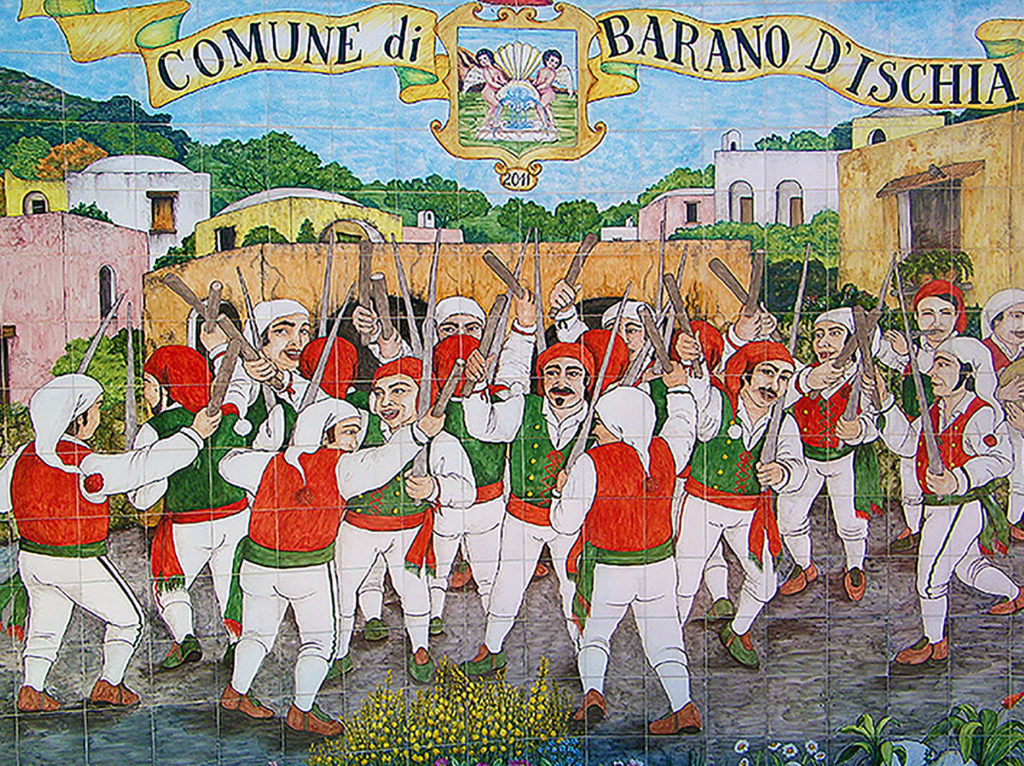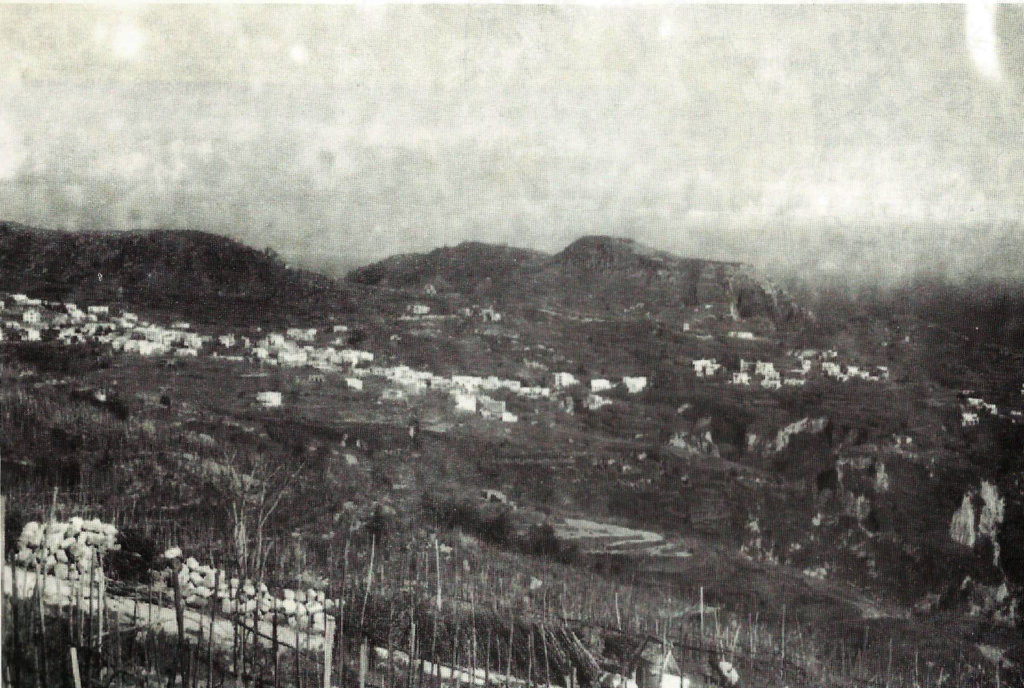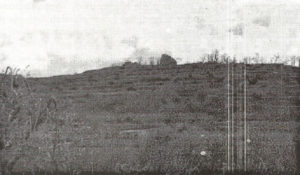Discovering Buonopane
Buonopane New wishes to be a contribution to try to nurture more knowledge and appreciation of the ancient village that Greeks and Romans knew, attended and appreciated. Much, however, has gone irretrievably lost for lack of programming and above all sensitivity. Particularly the section “art”: the prestigious New Buonopane in the poet Pasquale Balestriere and in the sculptors Giovanni di Costanzo and Raffaele Di Costanzo.
Buonopane is a fraction of the municipality of Barano, whose alpine area <<rises and expands on the back of the Epomeo, breaking off from the eruptive ramparts of the Post Lubrano Mountain, Monte Tappo, Monte Trippodi and Monte Maschiatta; In that low the living tissue, sown along the ancient and current state road, is divided into the alleys of Cava Candiano, Terzano, Terone, Buttavento, Nitrodi, in a rush of houses, cave-cells with white contours: a landscape Which from the very beginning is the seat of a civilization of a definite character “>>.
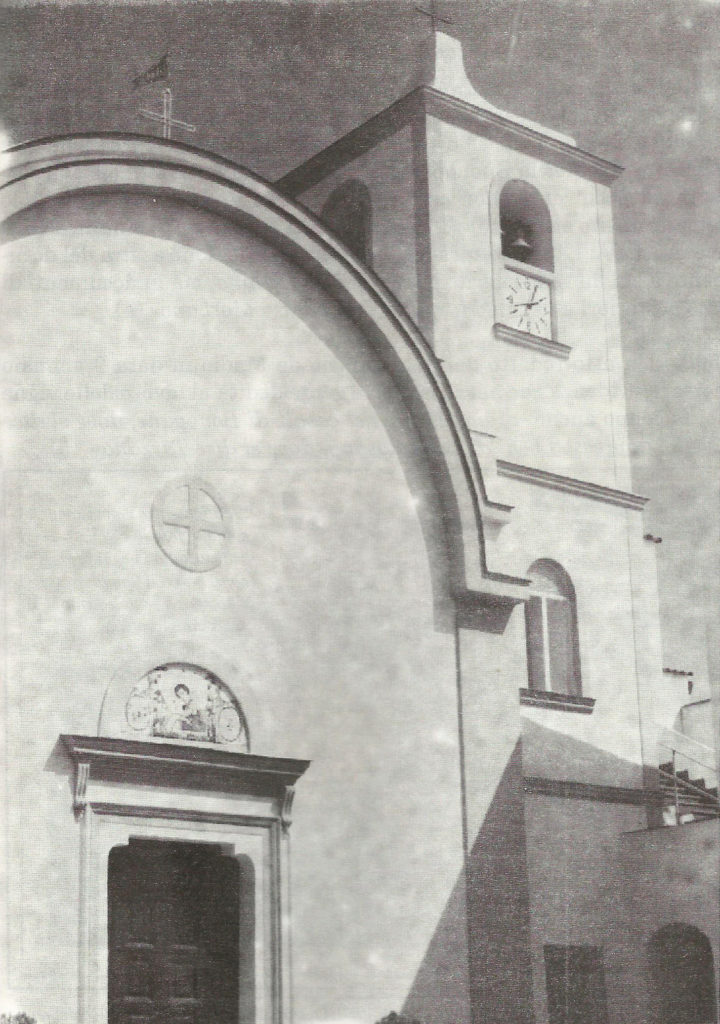 On the square overlooks the village church, St. John the Baptist parish, of very ancient origin, in the atrium and shadow of the bell tower as the Acean historian writes. << The natives gather on festive days, and While the mature fathers keep and discuss some of the moon’s phases, and make their prognostics about future collections, and on current prices of wines and apples, young people talk about hunting, the forosets of love, and the older mothers of the price Canapes, flax, and canvases, and the occupation of their frames, of the little punctuality of their buyers, bidders or buyers “>>.
On the square overlooks the village church, St. John the Baptist parish, of very ancient origin, in the atrium and shadow of the bell tower as the Acean historian writes. << The natives gather on festive days, and While the mature fathers keep and discuss some of the moon’s phases, and make their prognostics about future collections, and on current prices of wines and apples, young people talk about hunting, the forosets of love, and the older mothers of the price Canapes, flax, and canvases, and the occupation of their frames, of the little punctuality of their buyers, bidders or buyers “>>.
The Church of Buonopane
The foundation bubble dates back to 1537, but its origin must go back in time. Pietro Monti reports that in the sixth century AD, XIII Buonopane already had a chapel dedicated to the Patron Saint. For some explicit references, it was related to the Cossa family who lived in Ischia. A chronicler notes that in that primitive chapel “the threshing floor and the arms of the Coscia house were preserved”.
The Sparaina hill
Sparaina is a wild, unspoiled area, full of boulders, including the one called Canton. Nearby there is a tiny cottage, partly collapsed. Here was a guard service, a connection with other stations, Like the Guard Mountain (Peak of the Prophet). In the event of an alarm, the sentinels lit up the fire, and day-to-day smoking fueled. Moroplanes were particularly valued in rejecting the assaults. The watches assigned to these places were named City (Castle of Ischia) and remunerated with twelve annual ducats; They could use the scoop.
Nitrodi
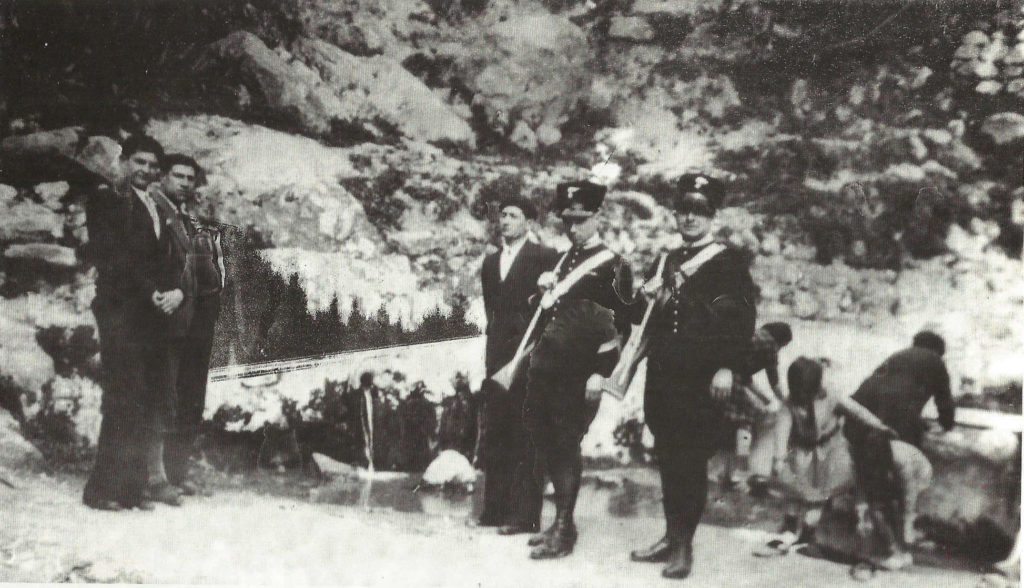
Say Buonopane is about Nitrodi, the source used since antiquity, as evidenced by the significant finds. In the meantime 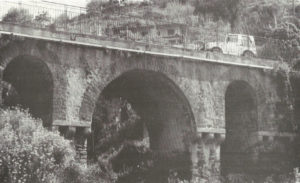 Fr Pietro Monti wrote that if a spa complex was to be built on site, he should arrange an adequate archaeological excavation. Already in 1757, at the spring, Eleven votive reliefs were discovered, brought to the National Museum of Naples by order of King Charles III. They contain thanksgiving inscriptions for the healing to Apollo and the Ninfe Nitrodes and represent the god with the hump and nymphs with shells and pots from which they pour healthful water. They date from the beginning of the 1st and 3rd century AD. And constitute the only ex-voto complex dedicated to the number of thermal waters found in Italy.
Fr Pietro Monti wrote that if a spa complex was to be built on site, he should arrange an adequate archaeological excavation. Already in 1757, at the spring, Eleven votive reliefs were discovered, brought to the National Museum of Naples by order of King Charles III. They contain thanksgiving inscriptions for the healing to Apollo and the Ninfe Nitrodes and represent the god with the hump and nymphs with shells and pots from which they pour healthful water. They date from the beginning of the 1st and 3rd century AD. And constitute the only ex-voto complex dedicated to the number of thermal waters found in Italy.
Ref. The Review of Ischia – Year XVII No. 5 December 1997

